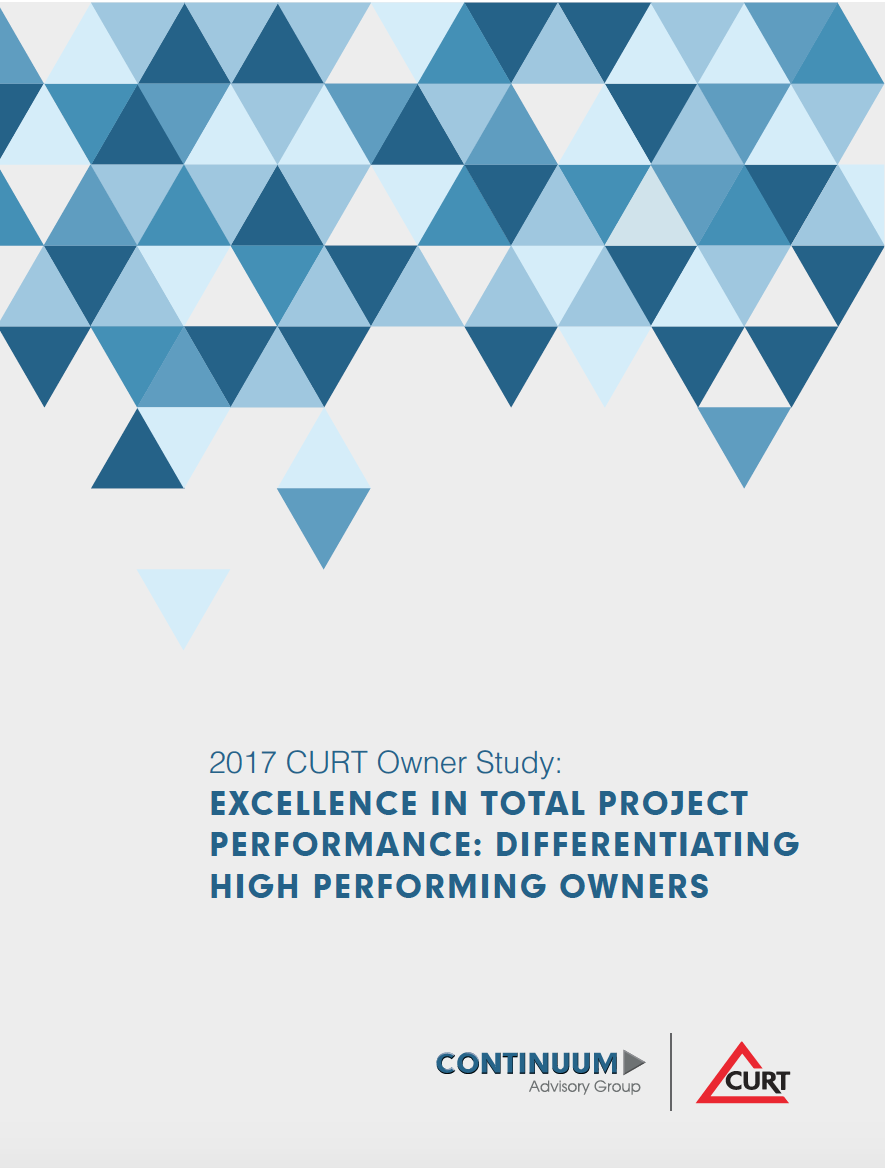A Framework for Developing Agility
Looking at organizational agility is like looking at a spider web. The first level of observation is an entire, beautiful creation, a single unit. It’s just there; you don’t think much about how it was actually built. But look closer at the linkages and threads, and suddenly it seems impossible to create.
Micromanagement of your organization is both impractical and undesirable. You can’t build every corner of it yourself, but you can build the builders. We think our three strategies below – based on the results from our 2016 CURT Owner Trends Study – can help.
It’s important to note that this framework, like the agility it aims for, is not absolute. Your organization has its unique idiosyncrasies. But these should get you and your builders moving in the right direction.
Scanning and Planning
Successful interviewees for our study have one thing in common: vision. While day-to-day operations and lean processes are important, they keep their eyes on possibilities. Kim Flowers (former VP of New Generation Projects and Construction for Southern Company) highlighted Southern Company’s scenario planning team, a group of people who envision and plan for hypothetical futures. If one of those futures comes true, Southern Company is ready to act.

